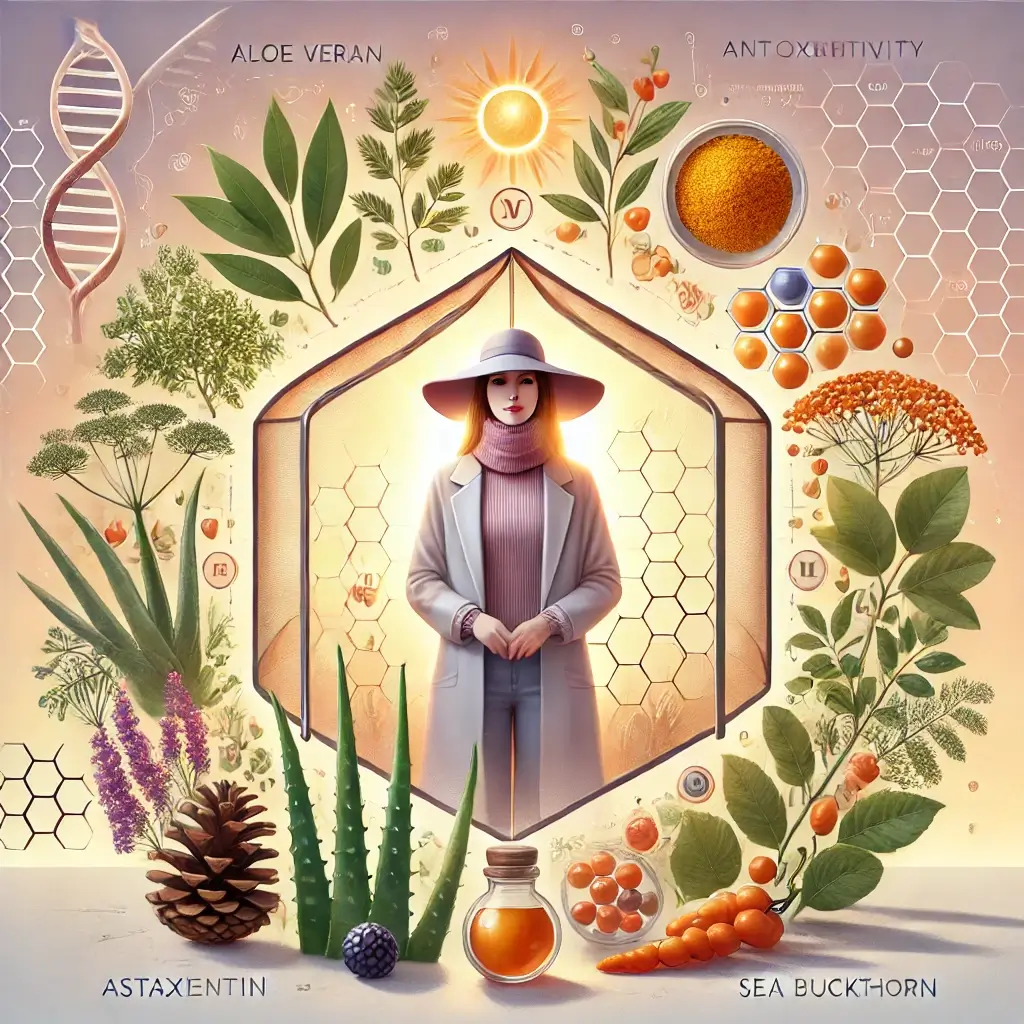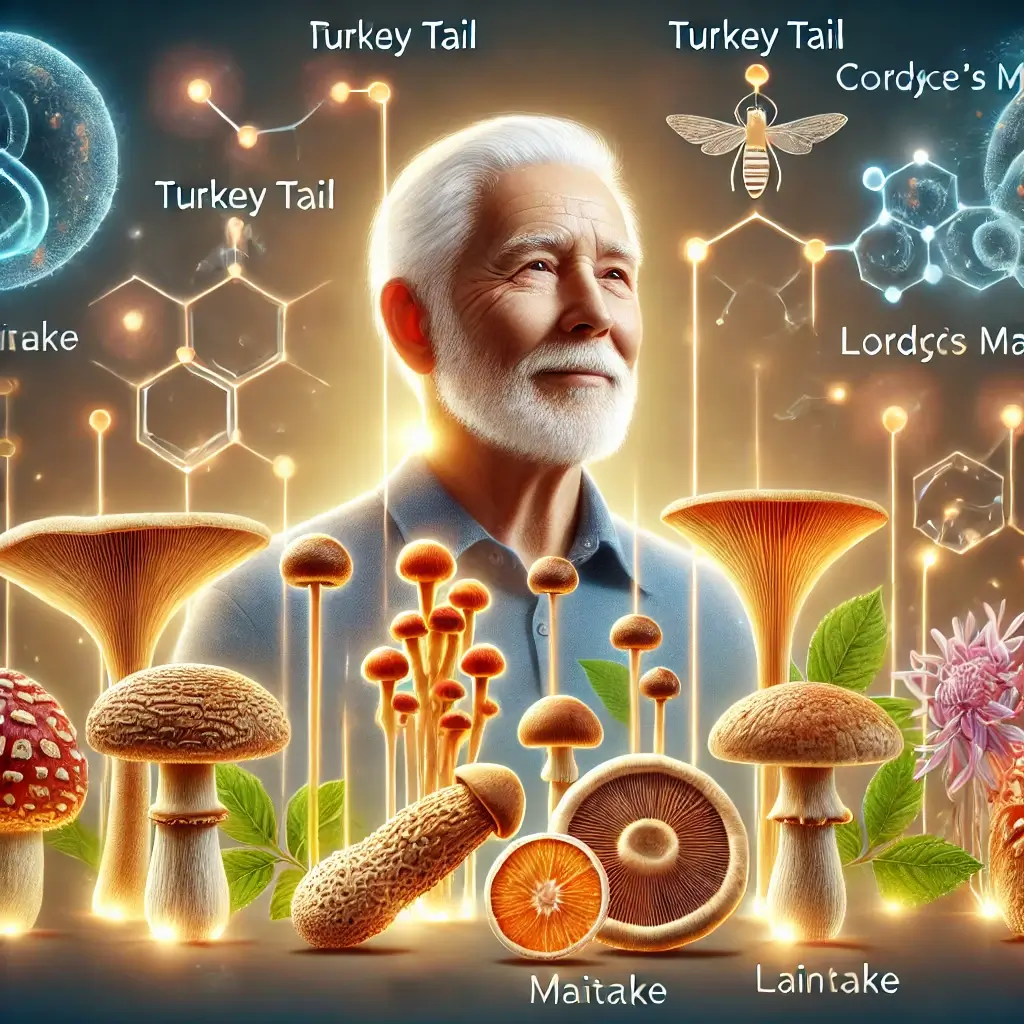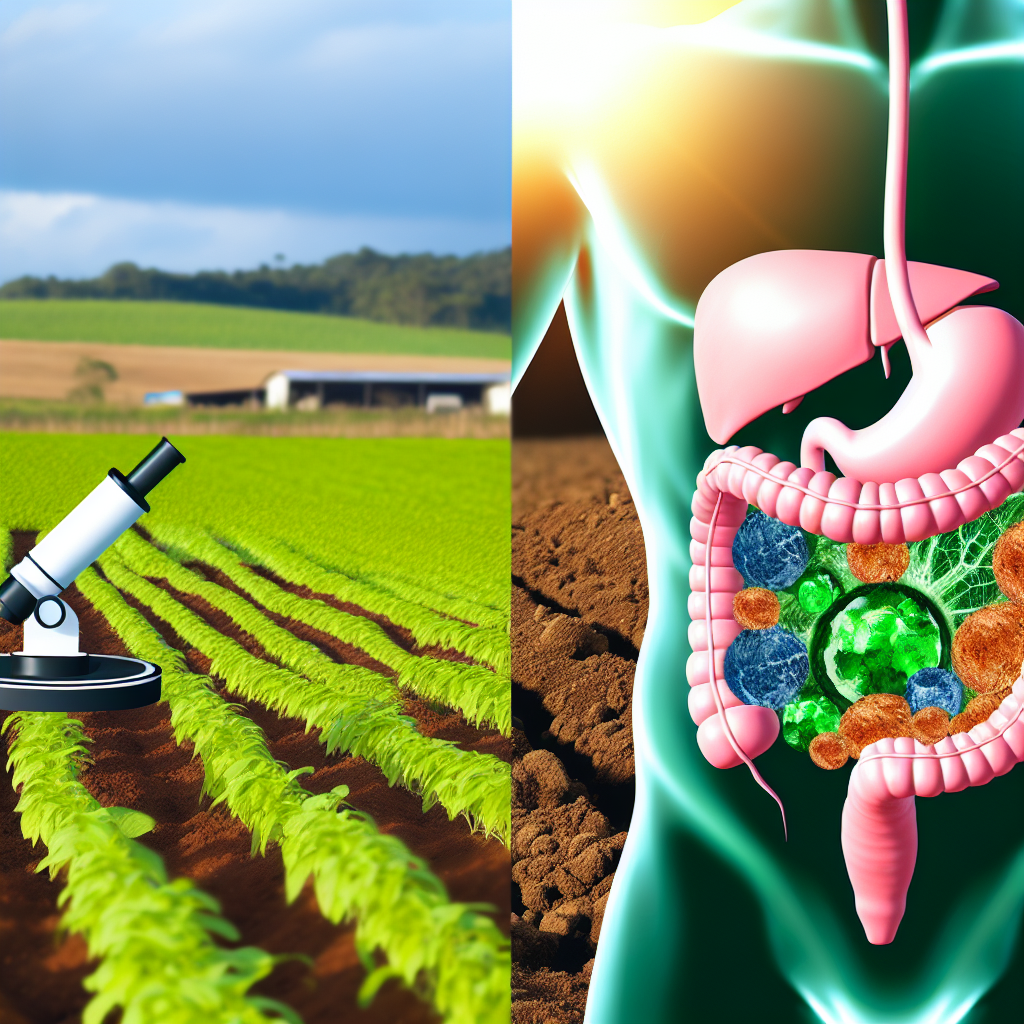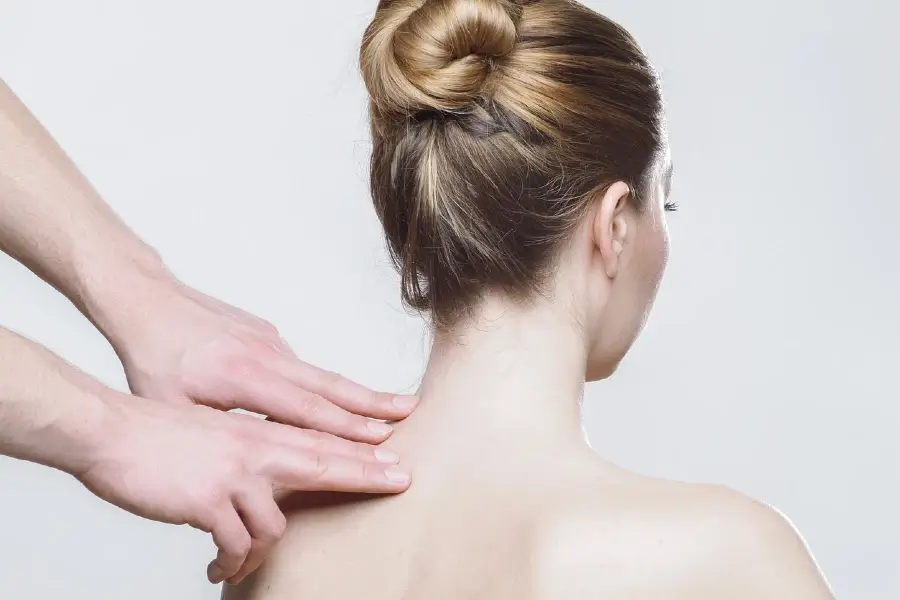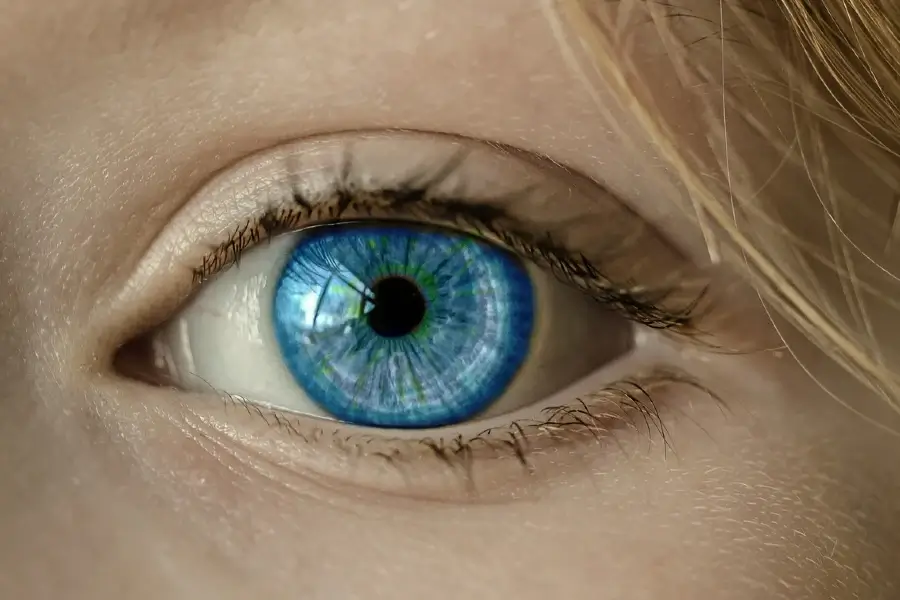Understanding Photosensitivity in Lupus Patients
Photosensitivity is a significant challenge for individuals with systemic lupus erythematosus (SLE), impacting both their physical health and quality of life. Exposure to ultraviolet (UV) light can trigger severe rashes, systemic inflammation, and debilitating flares. The mechanism behind this heightened sensitivity involves abnormal immune activation, where UV light stimulates skin cells, releasing inflammatory mediators that exacerbate the autoimmune response. Addressing photosensitivity is crucial for improving disease management and overall well-being in lupus patients.
Traditional Management Approaches
Traditional management often involves photoprotective measures such as clothing, chemical sunscreens, and medications like hydroxychloroquine. However, these approaches may be insufficient for some patients or come with adverse side effects. Growing interest in natural interventions has led to a renewed focus on antioxidants, immune-modulating nutrients, and non-toxic external barriers. These strategies provide a complementary and often safer alternative for lupus patients seeking holistic care.
Natural Compounds and Their Benefits
Recent research supports the efficacy of natural compounds such as astaxanthin, polypodium leucotomos, and curcumin in protecting against UV-induced damage and reducing inflammation. Simultaneously, the use of natural sunscreens and post-exposure skin recovery solutions like aloe vera and sea buckthorn is gaining attention in integrative medicine. By combining these natural interventions with lifestyle modifications, lupus patients can better manage light sensitivity, reduce flare frequency, and improve their quality of life.
Internal Protection Strategies
Antioxidants play a central role in combating the oxidative stress caused by UV exposure, which can lead to cellular damage and immune activation in lupus patients.
Key Natural Compounds
Astaxanthin derived from microalgae has demonstrated powerful antioxidant and anti-inflammatory properties. In a 2022 study, researchers found that 8-12mg daily of astaxanthin significantly reduced markers of UV-induced skin damage and oxidative stress (Lee et al., 2022). Its ability to neutralize free radicals helps protect the skin from UV-related inflammation.
Polypodium Leucotomos Benefits
A fern extract traditionally used for photoprotection, polypodium leucotomos reduces UV-induced erythema, inflammation, and DNA damage. A 2023 clinical trial showed that 240-480mg daily supplementation improved skin resilience in photosensitive individuals, including those with lupus (Anderson et al., 2023).
Carotenoids for Skin Protection
Beta-carotene (25,000 IU daily) and lycopene (10-30mg daily) are carotenoids that accumulate in the skin and act as natural UV shields. Studies have shown their ability to reduce sunburn severity and improve skin barrier function.
Curcumin’s Role in Protection
The active compound in turmeric, curcumin has strong anti-inflammatory and antioxidant properties. A dose of 1000-2000mg daily has been shown to inhibit pro-inflammatory pathways like NF-κB, reducing systemic inflammation and protecting against UV-induced immune activation (Thompson et al., 2023).
N-Acetylcysteine Benefits
NAC is a precursor to glutathione, the body’s master antioxidant. Clinical evidence supports 600-1800mg daily of NAC to reduce oxidative stress, particularly in autoimmune diseases like lupus (Wilson et al., 2021).
External Protection Methods
External protection is critical for preventing immediate skin reactions caused by UV exposure. Natural sunscreens offer a safer alternative to chemical options that may irritate sensitive skin.
Physical Sunscreen Components
Zinc Oxide and Titanium Dioxide provide broad-spectrum protection by reflecting and scattering UV rays. Unlike chemical sunscreens, they do not penetrate the skin, making them ideal for lupus patients.
Natural Soothing Solutions
Known for its anti-inflammatory and moisturizing effects, aloe vera can soothe skin irritation and accelerate recovery from UV exposure. Sea Buckthorn Oil: Rich in omega-7 fatty acids and antioxidants, sea buckthorn promotes skin healing and reduces redness after sun exposure. Topical green tea formulations help neutralize UV-induced oxidative stress and inflammation, as demonstrated in a recent clinical review (Thompson et al., 2023).
Essential Lifestyle Modifications
In addition to natural interventions, lifestyle modifications are vital for reducing UV exposure: Time Management: Limit outdoor activities to early morning or late afternoon to avoid peak UV hours. Protective Clothing: Wear wide-brimmed hats, UPF-rated clothing, and sunglasses to create physical barriers against UV rays. Environmental Adjustments: Install UV-protective window films and use light filters indoors to minimize exposure.
Clinical Implementation
To successfully implement natural interventions, clinicians should perform a comprehensive assessment of photosensitivity severity, flare triggers, and individual tolerance to natural compounds. Regular monitoring of outcomes such as flare frequency, skin recovery time, and overall quality of life is essential to ensure the effectiveness of the protocol.
Summary and Future Directions
Photosensitivity management in lupus patients requires an integrative approach that combines internal antioxidant support, immune modulation, and external protection strategies. Natural compounds like astaxanthin, polypodium leucotomos, and curcumin offer science-backed solutions for reducing UV-induced damage and inflammation. Coupled with lifestyle modifications, these methods empower lupus patients with safe, effective tools to manage light sensitivity and improve their well-being. Continued research will further validate the role of natural interventions, offering hope for those seeking alternatives to conventional therapies.
